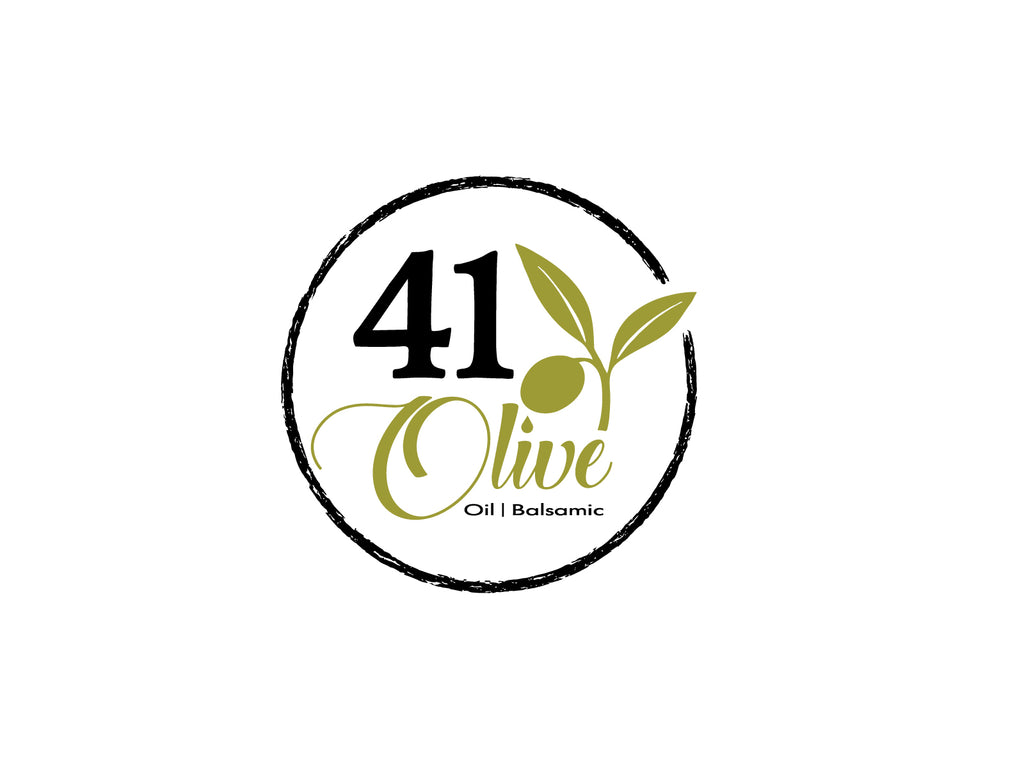The Most Amazing Benefits Of Balsamic Vinegar
Balsamic vinegar is a culinary delicacy with a price that is sometimes eye-watering for just a tiny bottle. Balsamic vinegar health benefits are not widely appreciated, but it is well worth using this vinegar in your kitchen, if only for its unique taste.
How balsamic vinegar is made
Balsamic vinegar is traditionally created in the Italian provinces of Reggio Emilia and Modena. Complete, late-harvested, sweet dessert grapes (red Lambrusco or white Trebbiano) are crushed to make a juicy should complete with seeds, skins and stems.
The must is heated to concentrate the juice down to a third of its original volume, then cooled and left to ferment for up to three weeks. Yeasts ferment the sugar from the juice to make alcohol, which is then further converted to acetic acid by bacteria.
The balsamic vinegar is matured and further concentrated in successively smaller casks made from a variety of woods, such as oak, chestnut, cherry, ash, juniper and mulberry. As the vinegar ages, it gets thicker and more concentrated due to evaporation through the walls of the barrels.
During a minimum ageing of 12 years (and up to 100 years) the vinegar absorbs complex flavours and antioxidant polyphenols from these casks, and water evaporates, to create the rich, dark, viscous, mellow, glistening, balsamic condiment whose taste profile includes hints of smoky figs, cherries, chocolate or prunes.
Traditional balsamic vinegar is labelled Aceto Balsamic Tradizionale and sold in 100ml bottles. Traditional balsamic from Modena is recognised by its bulb-shaped bottle, while balsamic vinegar from Reggio Emilia comes in a tulip-shaped bottle. Their authenticity is revealed by a D.O.P or Denominazione Di Origine Protetta stamp. These artisanal vinegars are graded as fine (affinato) which are around 12 years old, old (vecchio) which has matured for around 18 years, and extra old (extra vecchio) that is a 25 year old vintage.
Some balsamic vinegars are labelled condimento and are made using traditional methods but outside of the protected areas.
More commercial balsamic vinegars are labelled Aceto Balsamico di Modena and aged for a minimum of two months to claim protected geographical status (IGP or Indicazione Geografica Protetta).
These commercial balsamic vinegars are sold in different sizes of bottle, and are typically aged for three to seven years. While cheaper, they are more acidic, have less flavour, and significantly lower levels of antioxidant polyphenols than traditional balsamic vinegar.
Check ingredient labels if you want an authentic balsamic vinegar, which will just list'grape must', aged grape must or Mosto d'Uva as components and carry a DOC (Denominazione di Origine Controllata) stamp. Expect to pay more for these.
Balsamic syrup or glaze is thickened with guar and xanthan gums to mimic the consistency of expensive traditional balsamic.
Balsamic vinegar health benefits
During ageing, balsamic vinegar absorbs antioxidant polyphenols from their wooden casks. While the original must has a polyphenol content of around 26mg g per 100mg once it goes into the wooden casks, this increases almost one hundred fold to 2000 mg polyphenols per 100g or more as it concentrates, of which over a third are catechins (similar to those found in green tea), quercetin and resveratrol which are associated with health benefits in red wine.
Balsamic vinegar made from red grapes (Lambrusco) contain more polyphenols than gold balsamic vinegar made with white grapes (Trebbiano).
Balsamic vinegar and weight loss
Balsamic vinegar is often promoted as a weight loss product. The catechin polyphenols it contains are similar to those in green tea, which are proven to stimulate metabolism and the amount of fat converted into heat (thermogenesis).
However, balsamic vinegar has not been investigated as a weight loss aid in clinical trials. Similarly, other vinegars such as apple cider vinegar have been found to slow stomach emptying, improve digestion and reduce the glycaemic load of foods, but there are no studies involving balsamic vinegar itself. Enjoy balsamic vinegar for its flavour, but don't expect miracle weight loss from using it.
Balsamic vinegar and cholesterol
In laboratory studies, balsamic vinegar inhibits the oxidation of LDL-cholesterol and reduces its uptake into the scavenger cells (macrophages) that result in inflammation, hardening and furring up of the arteries. It is therefore thought that balsamic vinegar leads to the beneficial effects of the Mediterranean diet to help lower cholesterol and triglyceride levels, but there are no human trials at present.
Balsamic vinegar and diabetes
Preliminary studies indicate that balsamic vinegar activates the beta cells within the pancreas that secrete insulin hormone. Balsamic vinegar is under investigation for its potential to help protect against type 2 diabetes, but there are currently no published clinical trials.
Balsamic vinegar for cancer
Balsamic vinegar has been assessed for its effects on well-being, along with other traditional ingredients, in women with breast cancer. In the study, between 34 women, half followed a polyphenol rich diet consisting of 15 ml/day balsamic vinegar (infused with apples, honey, sea buckthorn berries, rosemary, sage and basil) and instructed to drizzle this over salads and vegetable soups.
They also took a grape seed extract rich in polyphenols. After three months, the physical, functional and social well-being of those taking the extract was significantly better than those not using the balsamic vinegar mix.
How to add balsamic vinegar to your diet
As heating destroys the distinctive flavour and aroma of traditional balsamic vinegar, and because of the cost of the real thing, it is traditionally allowed to use by the fall fresh berries, Parmigiano or Grana padano cheese, creamy desserts such as panna cotta, and vanilla ice cream.
Commercial balsamic vinegar can be drizzled over food at the end of cooking, on asparagus, pasta, grilled meats, scallops, shrimps, sea bass,
